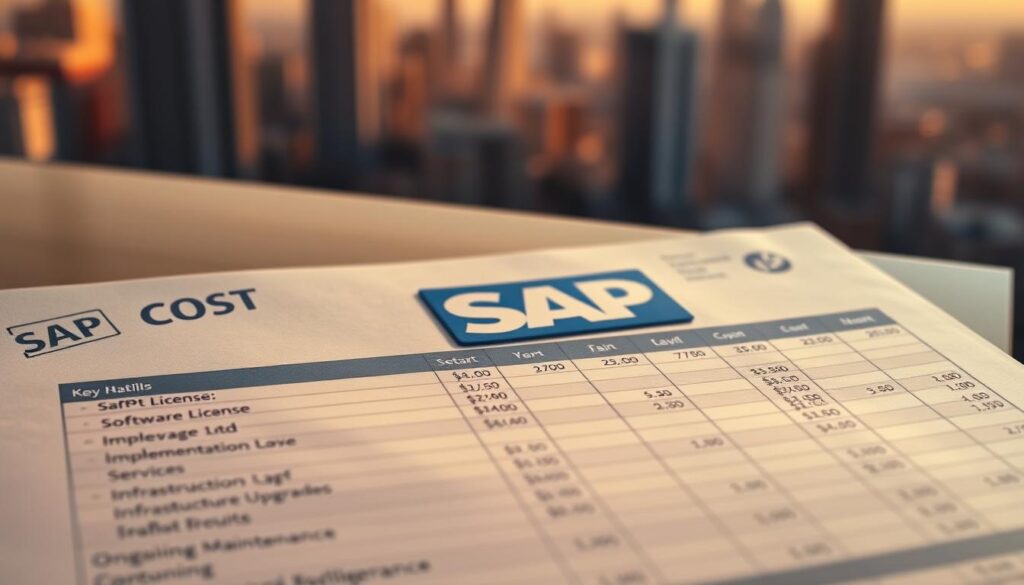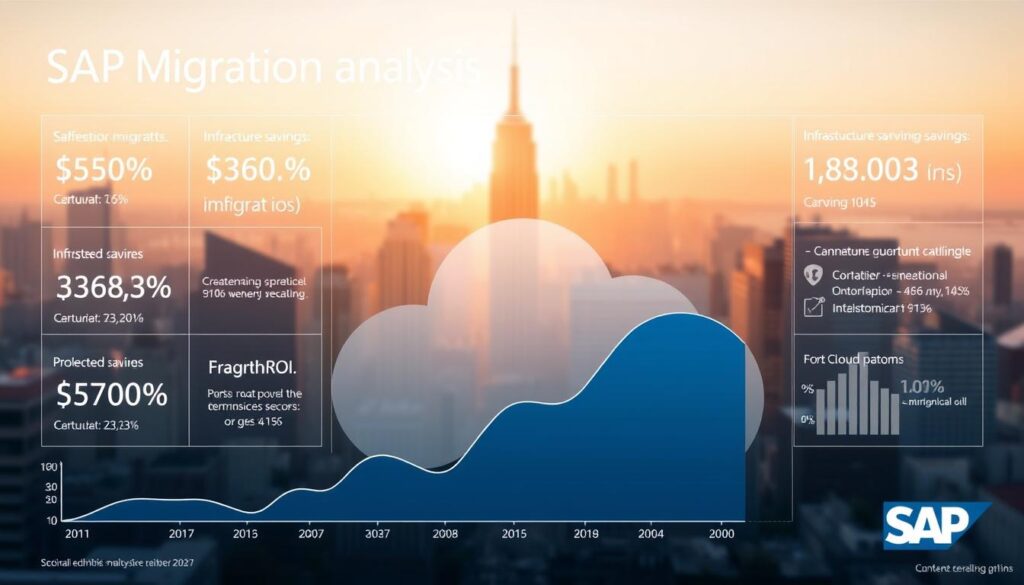Businesses across India are increasingly recognising the strategic importance of SAP migration as a transformative digital initiative. Understanding the SAP migration ROI becomes crucial for organisations seeking to optimise their enterprise technology infrastructure and drive operational efficiency.
The return on investment for SAP migration involves a comprehensive financial evaluation that goes beyond initial implementation costs. Companies must carefully analyse the potential long-term benefits, including enhanced productivity, streamlined business processes, and reduced operational expenses.
Strategic planning and meticulous financial assessment are paramount when embarking on an SAP migration journey. Organisations need to develop a robust framework that captures both direct and indirect financial implications of technological transformation.
Key Takeaways
- A comprehensive financial analysis is essential for SAP migration success
- ROI extends beyond immediate implementation expenses
- Strategic planning is critical for maximising technological investment
- Potential for significant operational efficiency improvements
- Careful evaluation of long-term technological benefits
Understanding SAP Migration Costs and Investment Components
Calculating SAP migration costs requires a comprehensive approach that considers multiple investment components. Businesses embarking on an SAP S/4HANA migration must carefully evaluate the financial implications to ensure a strategic transformation.

Organisations must recognise that SAP migration represents a substantial technological investment. The total expense encompasses several critical areas that directly impact the overall sap s/4hana migration roi.
Infrastructure and Hardware Requirements
Upgrading existing infrastructure forms a significant portion of migration expenses. Companies often need to modernise server systems, networking equipment, and data storage capabilities to support the advanced SAP S/4HANA platform. These technological upgrades can range from moderate investments for small enterprises to substantial capital expenditures for large corporations.
Software Licensing and Support Fees
Software licensing represents another crucial aspect of calculating SAP migration costs. SAP provides various licensing models tailored to different organisational needs. Businesses must carefully evaluate subscription types, user numbers, and long-term support agreements to optimise their SAP migration benefits.
Implementation and Consulting Services
Professional implementation services are essential for a successful SAP migration. Specialised consultants help organisations navigate complex transformation processes, minimise disruption, and maximise technological potential. These services typically account for a substantial portion of the overall migration budget.
Calculating SAP Migration ROI and Financial Benefits

Businesses in India are increasingly recognising the substantial financial advantages of SAP cloud migration savings. The enterprise resource planning migration value extends far beyond initial implementation costs, offering transformative potential for organisational efficiency.
Calculating the return on investment (ROI) for SAP implementation requires a strategic approach. SAP implementation typically yields financial benefits through reduced operational expenses, streamlined business processes, and enhanced productivity. Companies can expect significant cost reductions by minimising infrastructure maintenance and leveraging cloud-based technologies.
The payback period for SAP migration varies depending on organisational complexity. Most Indian enterprises observe a break-even point within 12-24 months, with continued financial gains in subsequent years. Key metrics include reduced IT infrastructure costs, improved data management, and accelerated decision-making capabilities.
Strategic financial analysis reveals that cloud migration generates substantial long-term value. Modern SAP solutions enable businesses to optimise resource allocation, reduce manual interventions, and create more agile operational frameworks. The cumulative financial benefits make SAP migration a compelling investment for forward-thinking organisations.
Key Success Factors for Maximising SAP Migration Value
Successful SAP migration goes beyond technical implementation. The s/4hana business case requires a holistic approach that transforms organisational capabilities and drives digital innovation. Businesses must strategically align their technological investments with core operational objectives to maximise SAP digital transformation ROI.
Business Process Optimisation
Streamlining business processes is crucial for leveraging SAP’s advanced capabilities. Companies need to critically analyse existing workflows and realign them with SAP’s best practices. This approach enables organisations to eliminate inefficiencies, reduce operational costs, and create more agile business structures.
Change Management Strategy
Implementing a robust change management approach is vital for smooth SAP system adoption. This involves creating comprehensive communication plans, identifying potential resistance points, and developing strategies to support employees through the digital transformation journey. Effective change management ensures higher user acceptance and quicker system integration.
Training and Skill Development
Investing in human capital is paramount for maximising SAP migration value. Organisations must develop targeted training programmes that equip employees with the necessary skills to utilise new technological capabilities. This approach not only enhances system utilisation but also empowers staff to drive continuous improvement in organisational performance.
Conclusion
SAP migration represents a strategic investment for businesses seeking digital transformation in India’s competitive landscape. The return on investment for SAP migration goes beyond mere technological upgrades, encompassing comprehensive organisational growth and operational efficiency.
Calculating the SAP migration ROI requires a holistic approach that evaluates infrastructure costs, software licensing, implementation expenses, and potential long-term benefits. Enterprises must consider not only the immediate financial implications but also the strategic advantages that modernized enterprise systems can deliver.
Successful SAP migration demands meticulous planning, robust change management, and continuous skill development. By focusing on business process optimisation and aligning technological investments with strategic objectives, organisations can unlock substantial value and maintain a competitive edge in the rapidly evolving digital marketplace. Indian businesses should approach SAP migration as a transformative journey, engaging expert consultants to develop tailored strategies that maximise return on investment for SAP migration. With careful assessment and strategic implementation, companies can leverage this technological transition to drive sustainable growth and innovation.

